


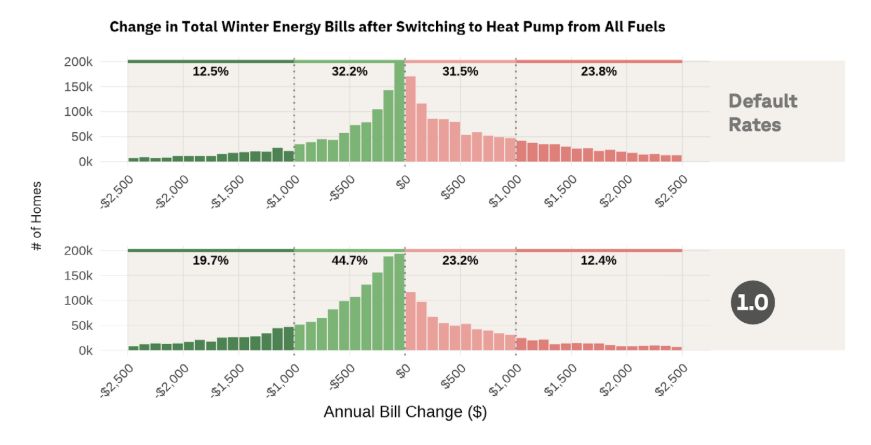


Heat pumps could cut bills for thousands of MA households—but only if the state gets the rates right. Right now, many heat pump users are being *overcharged* for their share of the grid. 1/🧵
🔗 www.switch.box/mahprates #energysky #climatesky

Heat pumps could cut bills for thousands of MA households—but only if the state gets the rates right. Right now, many heat pump users are being *overcharged* for their share of the grid. 1/🧵
🔗 www.switch.box/mahprates #energysky #climatesky
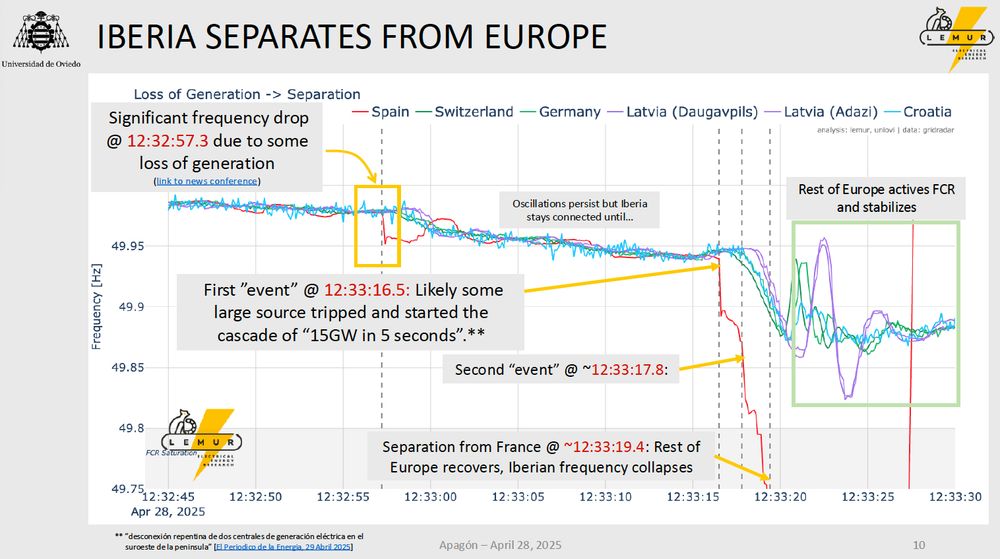
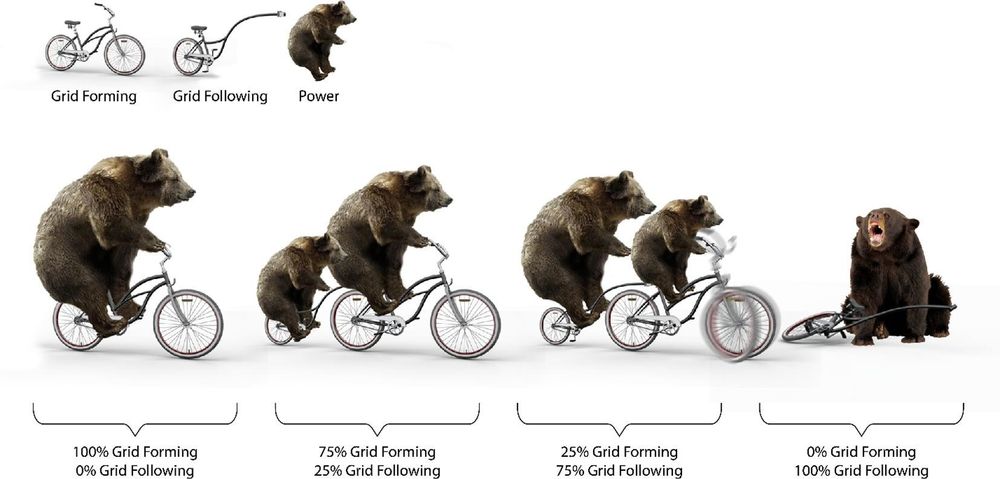
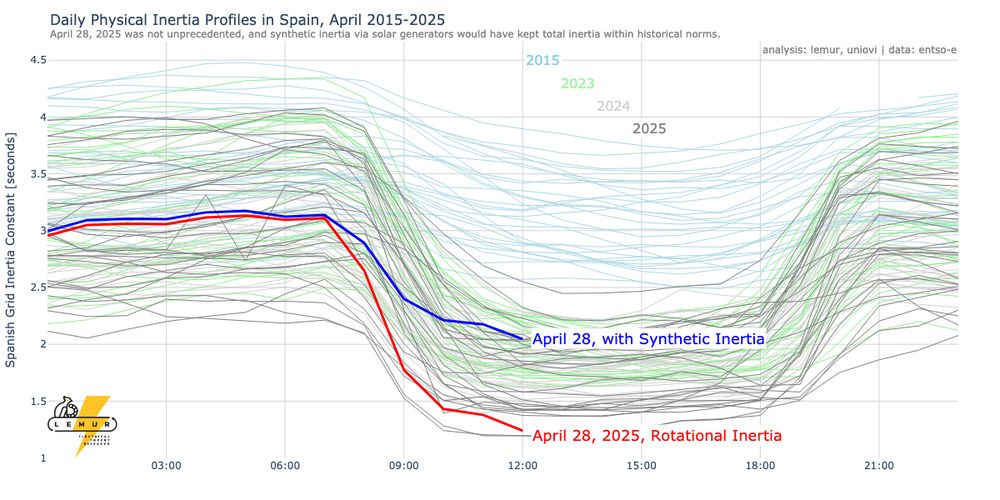


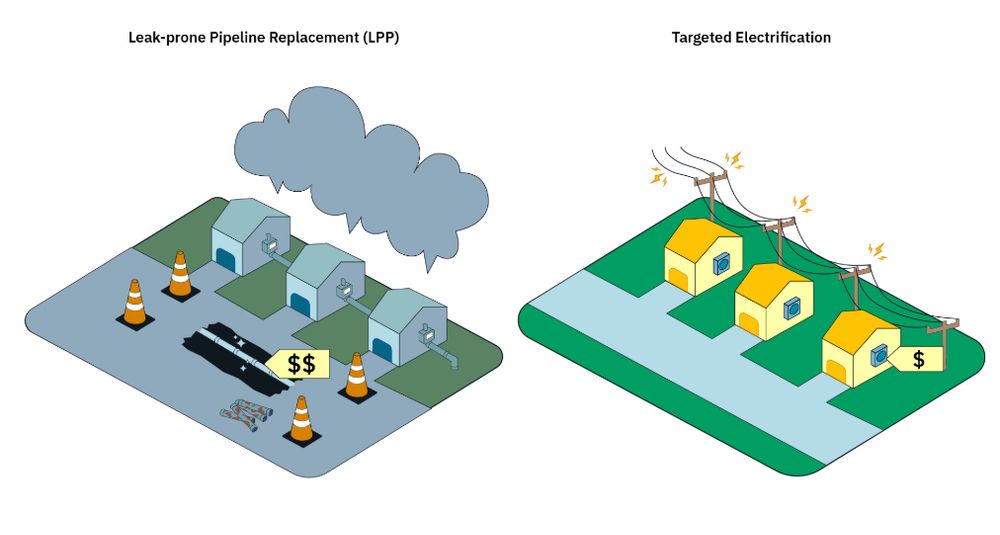

Don't miss it! RSVP here: lnkd.in/g4XF8A9s
Don't miss it! RSVP here: lnkd.in/g4XF8A9s











Register: us06web.zoom.us/meeting/regi...

Register: us06web.zoom.us/meeting/regi...
Register: bit.ly/sb-digitaltwin

Register: bit.ly/sb-digitaltwin

